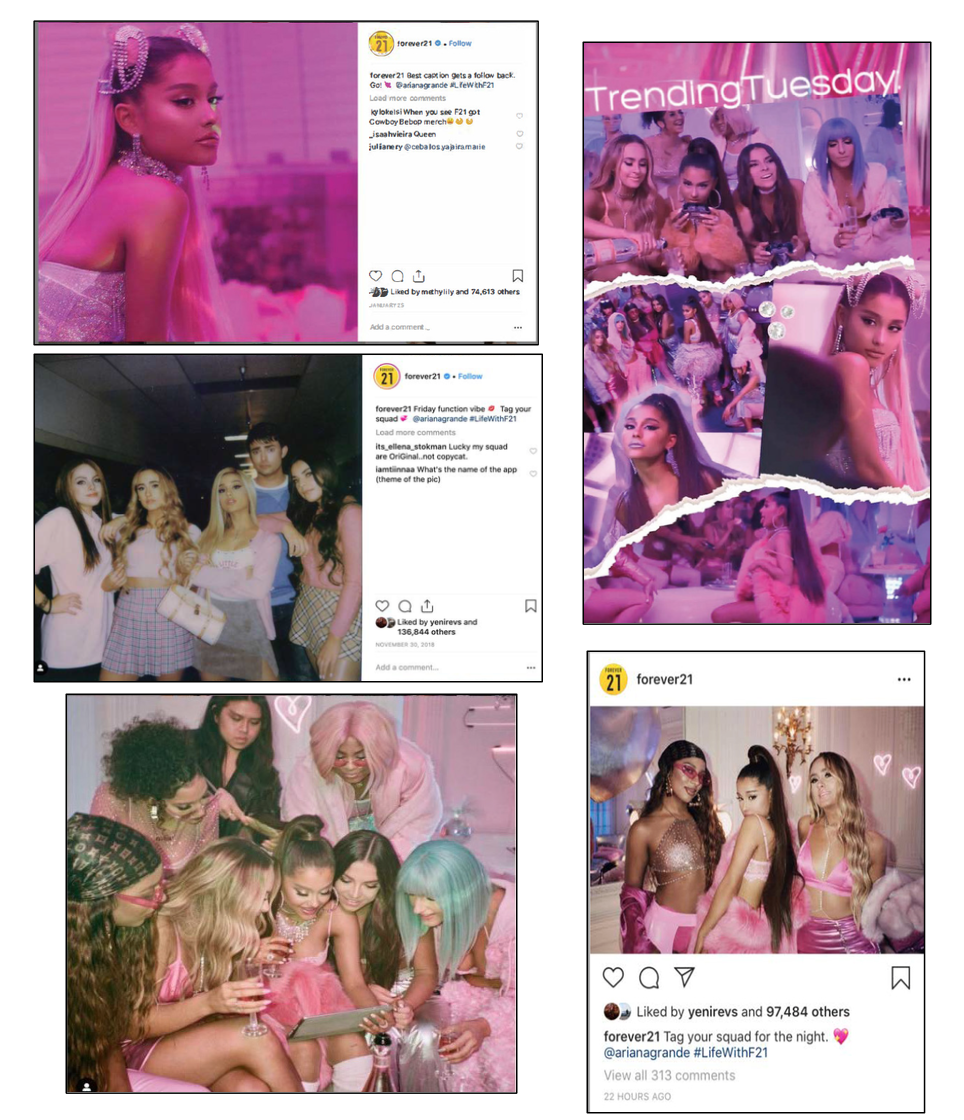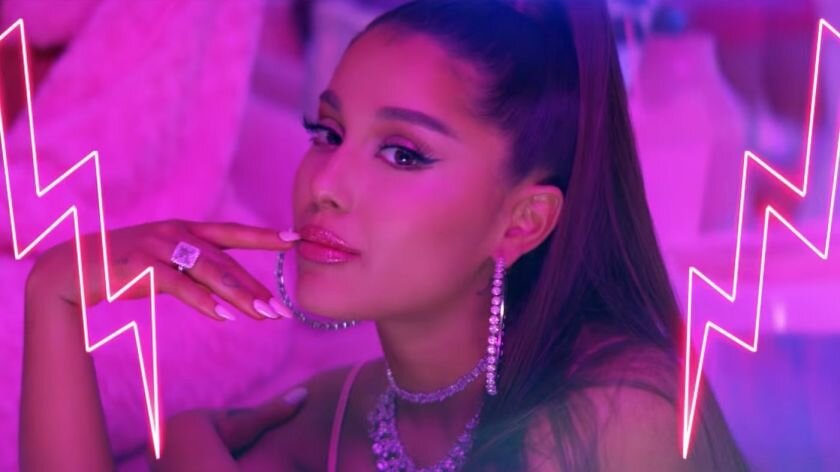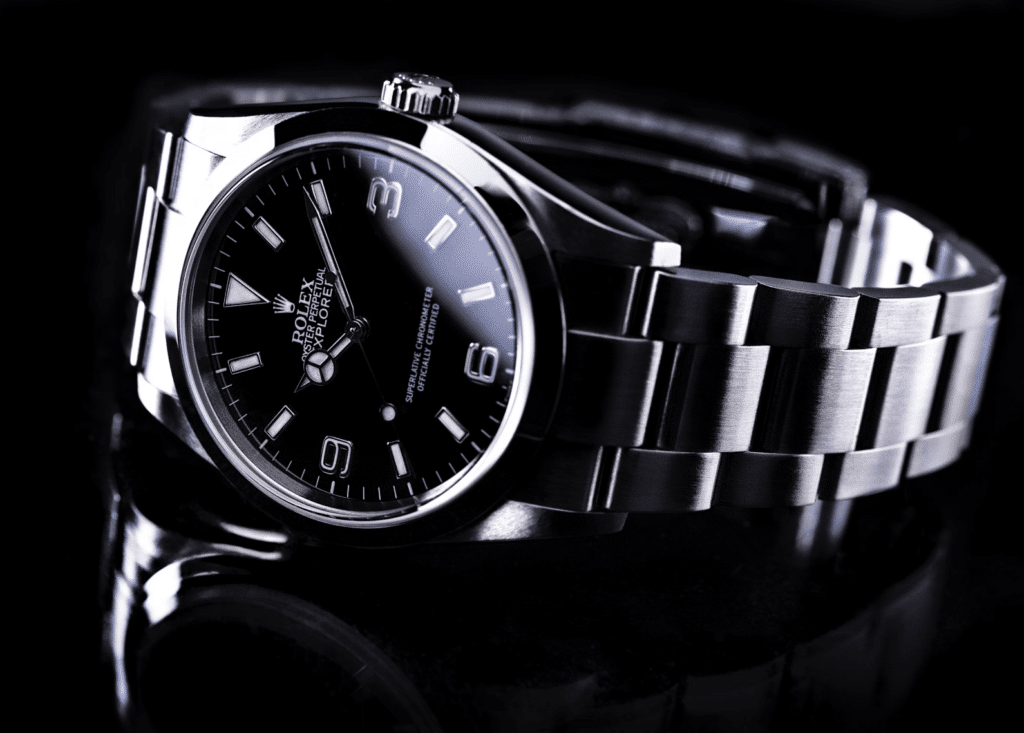Forever 21’s pending bankruptcy proceedings have officially put a halt to the $10 million-plus lawsuit that Ariana Grande filed in early September, accusing the Los Angeles-based fast fashion retailer of “publishing at least 30 unauthorized images and videos misappropriating [her] name, image, likeness, and music” – and enlisting a “lookalike model” – in order to “create the perception of Grande’s endorsement” of its products in lieu of paying the pop-star top-dollar to front its marketing campaign.
In a filing last month, counsel for Forever 21 informed the U.S. District Court for the Central District of California that just weeks after Grande filed suit, it filed for Chapter 11 protection, citing liabilities of between $1 billion and $10 billion and more than 100,000 creditors, including Simon Property Group, which is owed $8.1 million; Brookfield Properties, owed $5.3 million; and FedEx, owed $3.4 million; among others.
With those bankruptcy proceedings underway in court in Delaware, Forever 21 requested that Grande’s trademark and copyright infringement and right of publicity lawsuit be put on hold, and as of last week, a New York federal court judge confirmed the automatic stay, issuing an order to pause the case, so to speak, “without prejudice to the parties’ ability to request that the court lift the stay and reopen this action as appropriate.”
While Grande’s counsel is barred from actively seeking to collect from Forever 21 in connection with the pop star’s civil claims, the parties’ fight – in which Grande is seeking more than $10 million in damages and injunctive relief – is far from over. With the automatic stay in place, the matter now moves to bankruptcy court, making Grande “an ordinary creditor of Forever 21,” according to Edward Morrison, a bankruptcy law expert and professor at Columbia Law School.
As a creditor of Forever 21, the musician will have to “participate in the bankruptcy process and essentially, stand in line just like all of the other [unsecured] creditors of the company,” such as employees, bond holders, and service providers that have not been paid, per Morrison.

What will happen to Grande’s $10 million damages claim against Forever 21? The bankruptcy court will have to determine what is realistically owed to Grande (bankruptcy courts have the power to estimate the value of the claims of creditors), assuming that it finds that Forever 21 is, in fact, liable to the star in the first place. As for the equitable remedies that Grande is seeking, Morrison says that while the court values the monetary claims, the parties could likely reach an agreement on the those, namely, the singer’s request for injunctive relief to prevent Forever 21 from engaging in such alleged infringement and misappropriation in the future.
There is, of course, the chance that the parties will enter a settlement, which is common in these types of scenarios, according to Morrison. In that case, Forever 21 and Grande would (hypothetically) reach an monetary agreement as to Forever 21’s liability in connection with its alleged wrongdoing, and that amount, if approved by the court, would be Grande’s claim against the company, which “will be treated like any other unsecured creditor’s claim.”
Because unsecured debts are given low priority in the bankruptcy process with creditors being paid “a few cents on the dollar,” Morrison says that Grande can likely expect to receive “as little as 20 percent” of the settlement amount.
In terms of the status of Forever 21’s bankruptcy proceedings as a whole, the retailer revealed late last month that it will close 60 less stores than it had initially announced, bring its total closures to 118, thanks to its ability “to secured rent concessions from its biggest landlords,” as reported by Bloomberg. Meanwhile, it plans to close all 100 stores of its beauty offshoot Riley Rose, as it continues to find ways to cut costs and potentially make it out of the bankruptcy proceedings alive.














